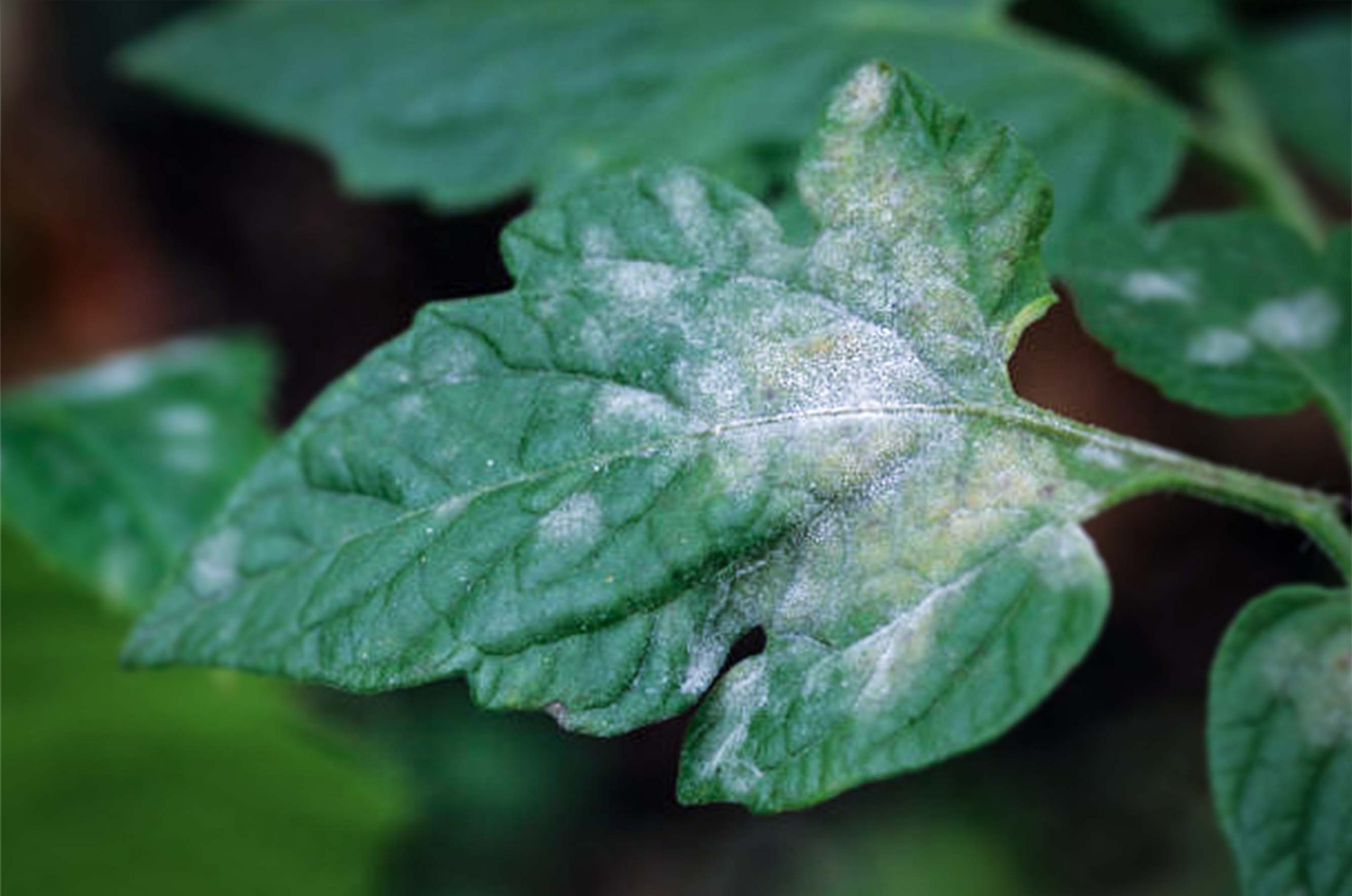
Oídio
How to use baking soda to eliminate powdery mildew
Powdery mildew is a very common fungus that affects orchard, garden and ornamental plants, leaving a white powder on the leaves. Here we show you how to eliminate it with effective and natural home remedies.
What is it and what damage does it cause to plants?
Powdery mildew on plants is a common fungal disease that affects a wide variety of crops, especially in warm, humid climates. It can be easily recognized by the appearance of a white or grayish powder on the leaves, stems, and flowers, similar to dusted flour. The most common symptoms include deformed, yellowing, or drying leaves, reduced growth, and premature leaf drop. If left unchecked, powdery mildew weakens the plant and affects its productivity. Detecting it early and applying appropriate treatments is key to keeping plants healthy and protecting the garden or crop from further damage.

How does it work, how is it prepared and how to use it?
Baking soda and soap
Baking soda and soap work together to eliminate powdery mildew by changing the pH of the leaf surface, which prevents the fungus from growing. The baking soda creates a hostile environment for powdery mildew, and the soap helps the mixture adhere better and has a gentle cleansing effect. It's an inexpensive, yet effective homemade treatment.
How to prepare it?
- Fill a clean container with one liter of water.
- Add one teaspoon of baking soda (approximately 5 g).
- Add a few drops of neutral or potassium soap (unscented and colorant-free).
- Mix well until everything is completely dissolved.
- Pour the mixture into a spray bottle.
How to use it correctly?
Spray the mixture on the affected leaves in the afternoon, covering the entire plant well, especially where you see white spots. Repeat every 3 or 4 days until the powdery mildew disappears, and then once a week as a preventative measure. Do not apply in strong sunlight or on rainy days. Shake well before use.
























